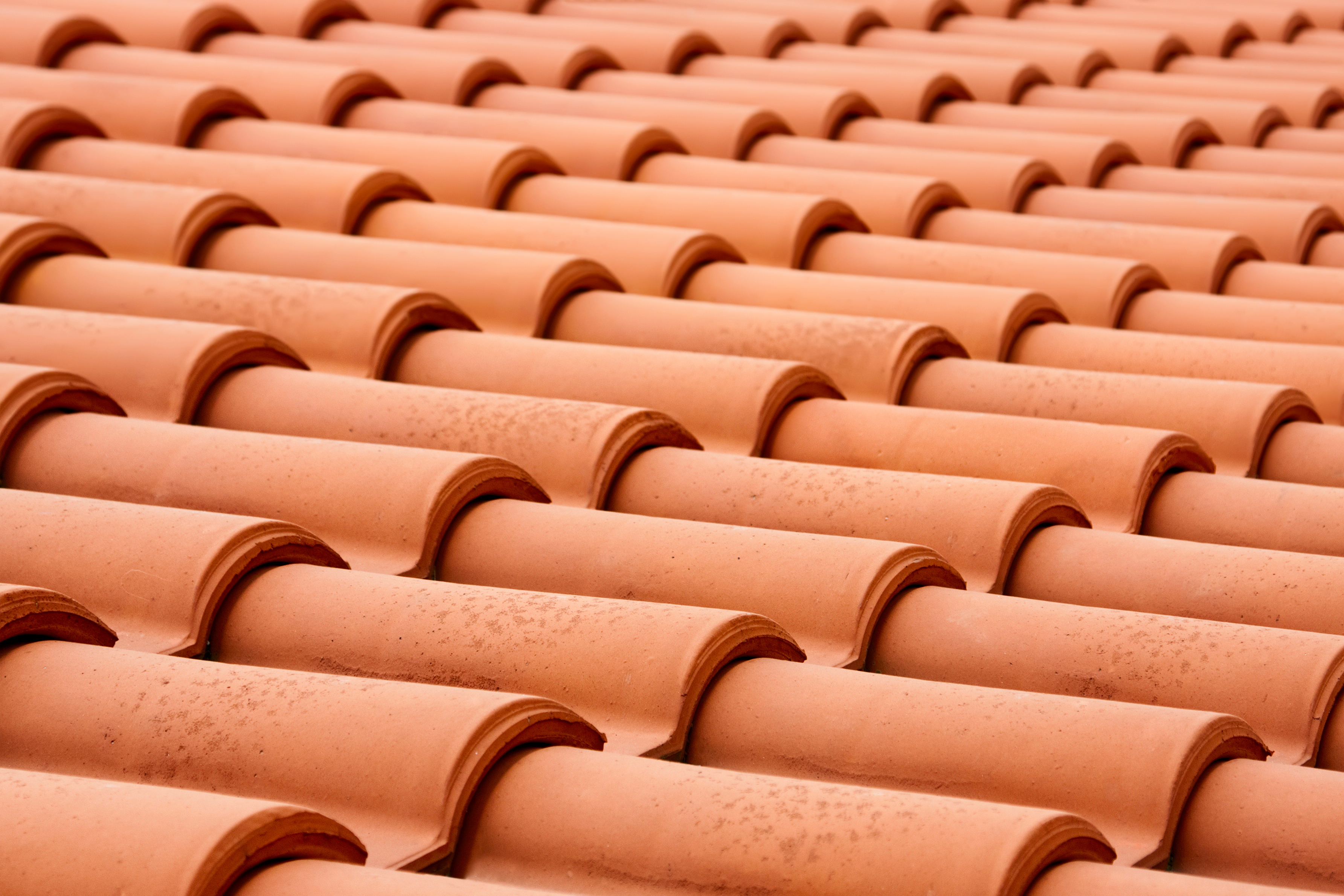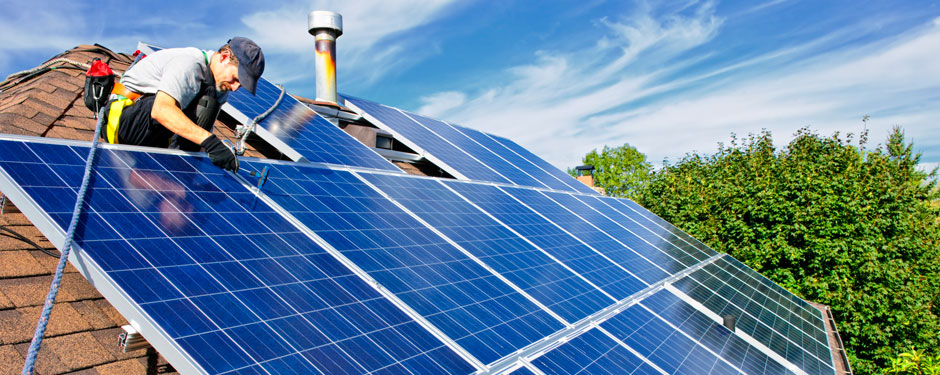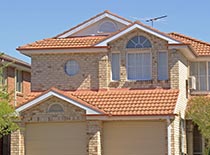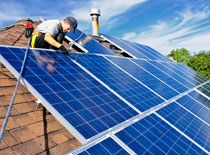Roofing Installation Find a Trusted Contractor to Help
Your Guide to Green Roofing
Not so long ago, “green” roofs were something of a utopian, impractical concept. Most people thought of eco-friendly roofing as prohibitively expensive for the mass market. Others equated the term “green” with “functional, but unsightly.”
In the 21st-century, environmentally-friendly roofing has progressed to the point where it is not only affordable for most commercial and residential properties, but also aesthetically pleasing to the point where it is often indistinguishable from standard roofing products. Most roofing contractors have also begun offering greener roofing choices, responding to greater consumer awareness around how their roof selection may affect other costs, like heating and cooling. Here is a list of choices for people who want to make green roofing a reality for their home or building.
- Cool roofs. This is the most rapidly-growing sector of the roof industry. The tiles are made from a combination of white gravel and white glue that can help people save money on air conditioning costs. Cool roof tiles reflect the rays of the sun and allow less heat to seep into the building itself, and their appearance is as unobtrusive as any other type of roofing material.
- Corrugated asphalt. As the name implies, these shingles resemble their standard petroleum-based asphalt counterparts in appearance, though than can be laid over up to two layers of existing shingles. They are available in six colors, and are identified by the Environmental Protection Agency as an eco-friendly product because they are constructed using recyclable materials.
Clay tiles. These tiles are 100% recyclable, and are ideal for homes and buildings constructed in a Spanish or mission style. They also reduce heating and AC costs because the tiles are laid in such a way to produce a cushion of air that helps insulate the structure.

Stylish and green!- Wood shakes. These were rarely seen a few decades ago, but wood shakes are making a comeback because their material is completely recyclable and reusable; old shingles can be fed into a chipper, transported to a manufacturing facility, and refashioned into new products. Plus, they last up to twenty years and give buildings an “old-world” look.
- Slate tiles. Building owners who use slate tiles will never have to replace their roof again. Slate is so durable that it can last for a century or longer, thus eliminating the need to use more resources for roof replacement materials. Furthermore, some green roofing companies use re-purposed slate for their tiles, thereby adding to their sustainability.
- Metal. This material has long been the choice of sheds and outbuildings because of its ease of installation, heat reflective capabilities, and recyclability. Today, there are more attractive metal roofing products for commercial and residential buildings that can blend well into existing neighborhood and retail storefront.
- Solar panels. Solar roofing has finally been embraced by society-at-large as a viable and acceptable building option. Many homes are being wired for solar panels during construction, and municipalities are providing tax credits in exchange for their installation. Plus, homes and buildings can call upon solar energy to offset their heating and cooling bills.
In short, green roofing isn’t just for science buildings or uber-trendy houses anymore. Almost any property can reap the advantages of eco-friendly roofing options without costing a fortune or being labeled an eyesore. In addition, green roofing may pay for itself in a few years. A roofing company that specializes in green roofing can help you pick the right material—one that is both beautiful and environmentally friendly. End
Should I Repair or Replace My Roof?
Roofing Materials for All Weather
Your Guide to Green Roofing






